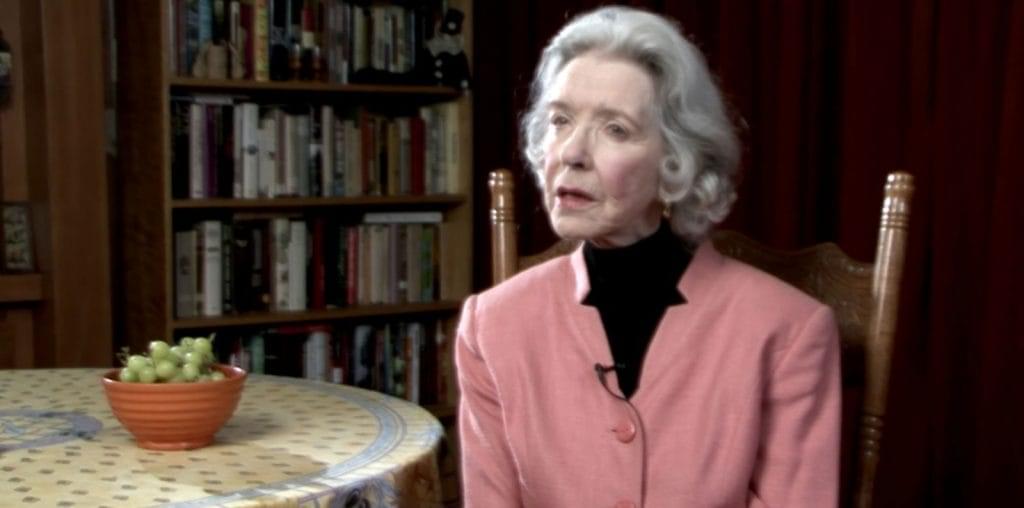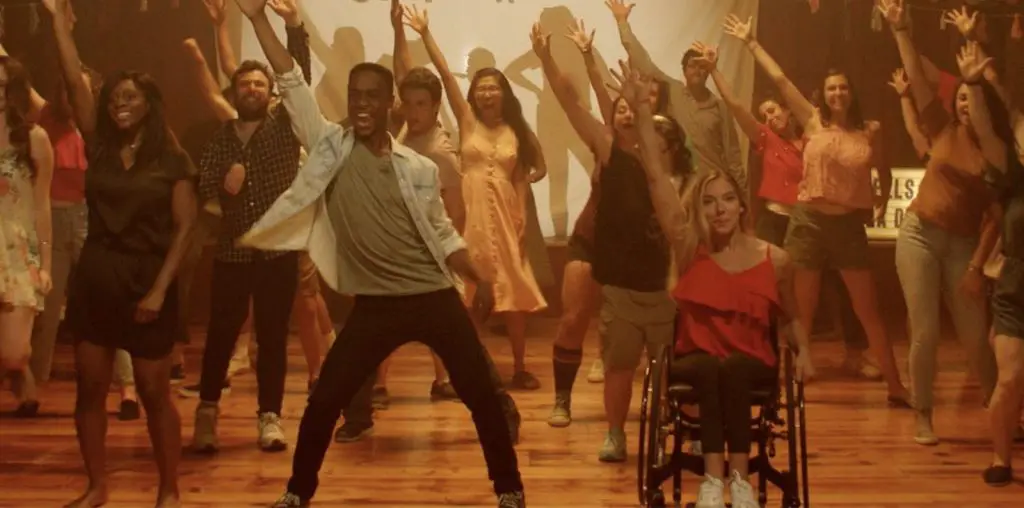
“When I Stop Looking” is a complex, deeply engaging short by Todd Herman with a seemingly straight-forward structure: it simply shows us the faces of people facing the camera. But these aren’t ordinary faces. The people in the film all have conditions which make their skin and facial structure abnormal, in some cases very abnormal. In many shots their eyes are closed, but a few look directly at the camera. They are mostly shown singly, but in a few shots two people lean together, embrace, or even kiss, but without very much movement. There only sound for the film is “room tone,” the barely audible ambient sound which filmmakers usually use to fill in spots between dialog.
What must it be like to live with such a condition? Some of the people in the film have faces that, in commercial films, would be used to symbolize the monstrous and the alien. To go through an entire life knowing that every person who sees you is struggling with their own fear and repulsion must be very, very hard.
Herman’s fascinating approach to this subject forces us into a voyeuristic relationship. A more conventional documentary would no doubt seek to “humanize” the subjects by using interviews and shots of daily life. We would learn that Mary is concerned about global warming, while Frank loves basketball. Herman’s approach makes the subjects even more radically human by putting our focus relentlessly on what must be a central fact of their lives: the daily confrontation with their own and other people’s response to their unusual appearance. At the same time, because it is a film and not a live performance, we become aware of our own guilty need to stare at them. The film is slow and simple enough to give us time to feel the full complexity of our response.
Herman has found over 25 such people to depict. I have lived for over 50 years in a densely populated urban area and I’ve only seen people who look like this once or twice, so they must live very private lives, an entirely understandable choice. “When I Stop Looking” creates a unique opportunity to bridge the gap between us and them, by taking these hidden lives and making them simply, humanly visible for a few moments.

